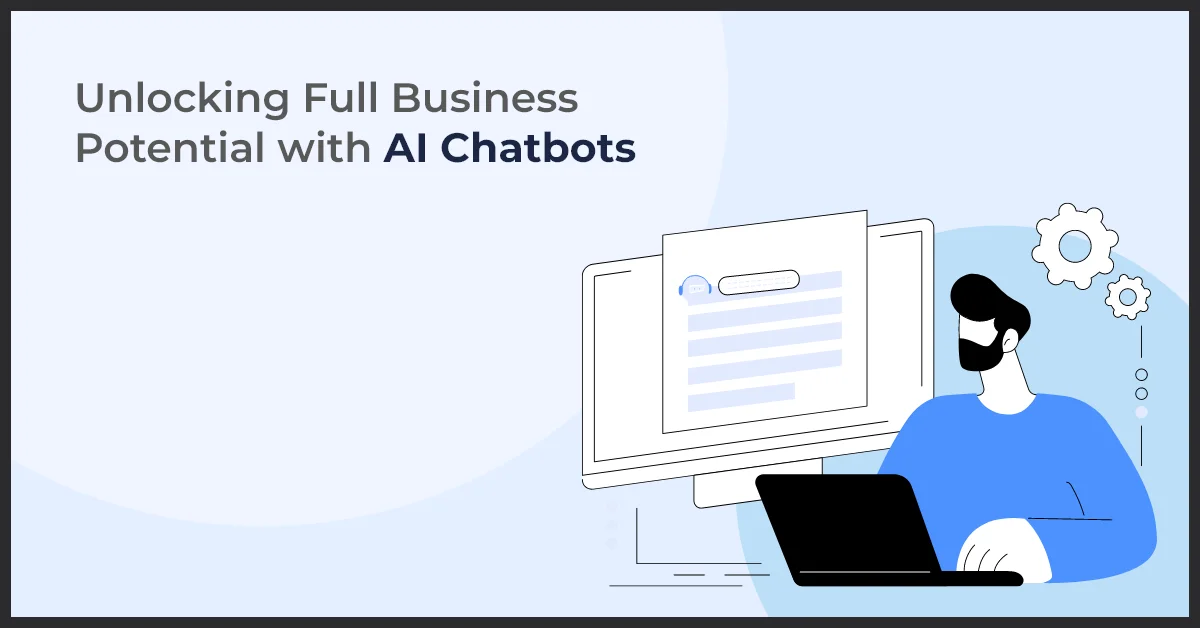What Are Micro Frontends and Why Developers Love Them?

Published on: March 15, 2023
Updated on: July 01, 2024
624 Views
- Development
6 min read
Micro frontends are one of the hottest web development strategies that is being employed to create engaging user experience. The growing popularity of micro frontends has encouraged most web application developers to take notice of it.
Frontend developers have endured the challenges of large monolithic apps in terms of scalability and maintainability. The new architectural approach to designing front-end web apps promises to help them overcome these challenges.
The microservices concept isn't new, and we have seen businesses adopt it thick and fast to overcome the challenges of managing large and monolithic backends. Micro frontends is an extension of the same concept wherein the principle deals with the challenges on the client side of web applications. It helps update the UI quickly and makes the apps more engaging.
Micro frontends and microservices share a lot in common, but they aren't the same. The difference between these is the subject of a different discussion. In this blog post, we shall look at the basics of micro frontends and why this architecture is a perfect fit for medium to large web applications.
What Are Micro Frontends?
A micro frontend is a software architecture pattern in which a single application comprises small, self-contained, and independently deployable frontend applications. Micro frontends act as an independent feature of a larger application or web page. In this development concept, developers use a Host or a Container to host one or more Micro-Frontends. In some cases, the Host or Container can share some Micro-Frontend components.
Different teams can work on separate parts of a front-end application in this application development ecosystem using different technology stacks. Independent teams own these micro apps, each responsible for a distinct business area or mission.
At runtime, the micro frontends are integrated, offering a seamless application to the user. With this approach, development teams are witnessing an increase in the maintainability, scalability, and productivity of large frontend applications.
Ecommerce web stores are the perfect example of micro frontend architecture. Today's ecommerce stores have multiple micro frontends, each responsible for specific functionality such as product catalog, shopping cart, payment processing, and customer reviews. Micro frontends on a store communicate with each other through APIs.
What Are The Advantages of Micro Frontends?
In micro frontends architecture, web application UIs work as semi-independent fragments. It has several advantages for the organization and the application's end user. Let us take you through the advantages of micro frontends and why developers love it:
- Increased Scalability – Micro frontend development breaks down the frontend application into smaller, self-contained components. Hence, it is easier to scale individual application parts as and when needed. It is ideal for large client-side websites and apps where individual elements must undergo constant updates and bug fixes.
- Improved Resilience – Since all the micro apps are self-contained, a bug or error in one part of the application does not affect the overall functionality of the page. For example, a team responsible for a feature on the page can't deploy their changes without worrying about a bug fix in another feature.
- Faster Updates - Micro frontends improve the user experience by allowing faster updates to individual parts of the application. Teams do not have to worry about a full-scale deployment and can upgrade their functionality.
- Technology Independent – Developing monolithic architecture imposes restrictions on the choice of technology for the developers. In micro frontends, developers can choose technology stacks that best fit their needs, leading to more efficient and effective development. They are free to choose runtime environments on their own, and it helps build better applications for the end user.
- Smaller Codebases – We don't need to reiterate the complexity of maintaining a large codebase prone to bugs. Since micro frontends have individual codebases, they are easily manageable. Smaller teams work on individual UI sections, ensuring simpler code reviews and easily palatable documentation.
- Faster Testing - Individual micro frontends can be tested independently, reducing the effort required for end-to-end testing. It is ideal for organizations with small testing teams, as they can put the apps through all the strains of UI testing.
- Team Autonomy - Each development team works independently based on the project's needs, which reduces the dependency on others. It reduces the burden on project managers to collaborate with different teams.
- Lower Entry Barrier - Micro frontends don't require new developers to read tons of documentation. These micro apps are easier to understand and manage compared to large monolithic UIs. A new team member won't need to go through a steep learning curve.
How to Implement Micro Frontends?
Micro frontends are surely the future of web application development. However, like all other development methodologies, its success lies in its implementation. Here is a step-by-step approach to implementing micro frontends:
- Set the Boundary – Set the boundary between the different micro apps. Define this boundary on the functionality and responsibilities of each component. It is the first step to success and prevents individual teams from intruding into each other's territories.
- Define Communication Protocol - Micro frontends communicate with each other through APIs. The communication protocol should be defined and standardized to ensure seamless integration once the app is developed.
- Choose Micro Frontend Framework – You have a wide choice of frameworks to help you implement micro frontends. Choose a framework depending on the specific requirements of your project.
- Design Micro Frontends - Each micro frontend should be designed and developed as a standalone application. It should have its build pipeline, deployment process, and version control system.
- Integrate Micro Frontends - The micro frontends should be integrated at runtime, using a web component-based approach or a more traditional server-side integration.
- Monitor the System - Once the micro frontends have been integrated, you must monitor the system and address any issues that arise. The teams should also collaborate to maintain and evolve the system over time.
- Test the Integration - It is important to thoroughly test the integration of the micro frontends to ensure a seamless user experience. Deploy Automation Testing and Manual Testing to identify bugs and test them.
Wrapping Up
Micro frontend architecture is a new pattern in web development. It eliminates the downsides associated with large front-end monoliths. With this approach, developers are experiencing benefits similar to the microservices on the client side.
While it isn't a silver bullet for all UI development projects, a micro frontend architecture is perfect for large-scale web development projects. It allows teams to choose the best technology stack for their programs and lets them work independently of each other. These result in faster feature roll-out, eased testing environment, and quicker updates.
If you are looking to implement Micro Frontends for your UI design project, Growth Natives can be your perfect partner. We are a full-stack UI development organization with an agile team of designers, developers, and analysts who strive to create friendly, intuitive, and delightful experiences. Book a free consultation with our team by dropping an email at info@growthnatives.com, or ring us at +1 855-693-4769.
Frequently Asked Questions
A micro frontend is an architectural approach where a front-end application is broken down into smaller, independent, and self-contained units, allowing teams to develop, deploy, and maintain individual parts separately.
Micro frontends are used by large-scale applications, especially those with complex user interfaces, where multiple teams work independently on different parts of the front end.
To create a micro frontend, follow these steps:
- Identify and define the boundaries of each micro frontend based on functionality or user interface components.
- Choose a technology stack and framework for each micro front end.
- Implement communication mechanisms between micro frontends, such as events, APIs, or shared state management.
- Deploy micro frontends independently as separate applications or modules within a larger application.
The best approach for micro frontends involves:
- Decoupling
- Communication
- Standardization
- Testing



